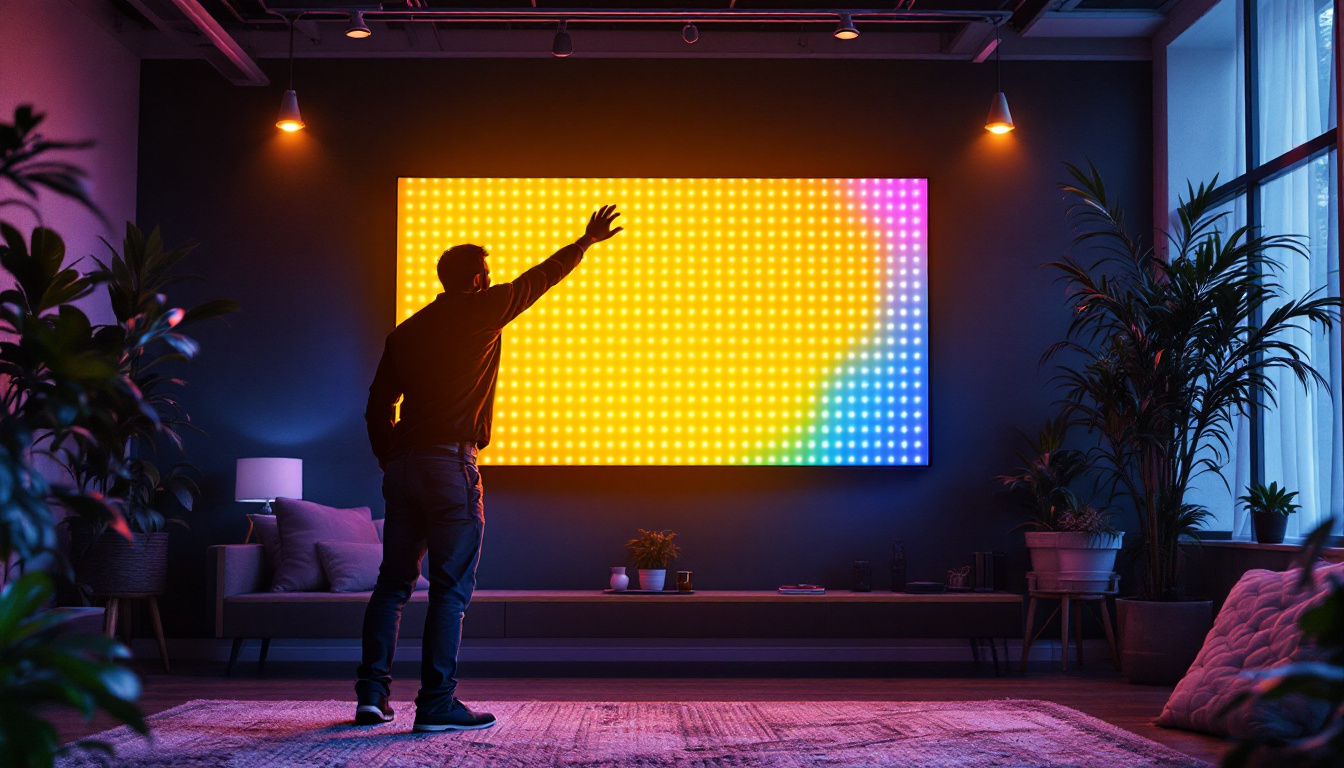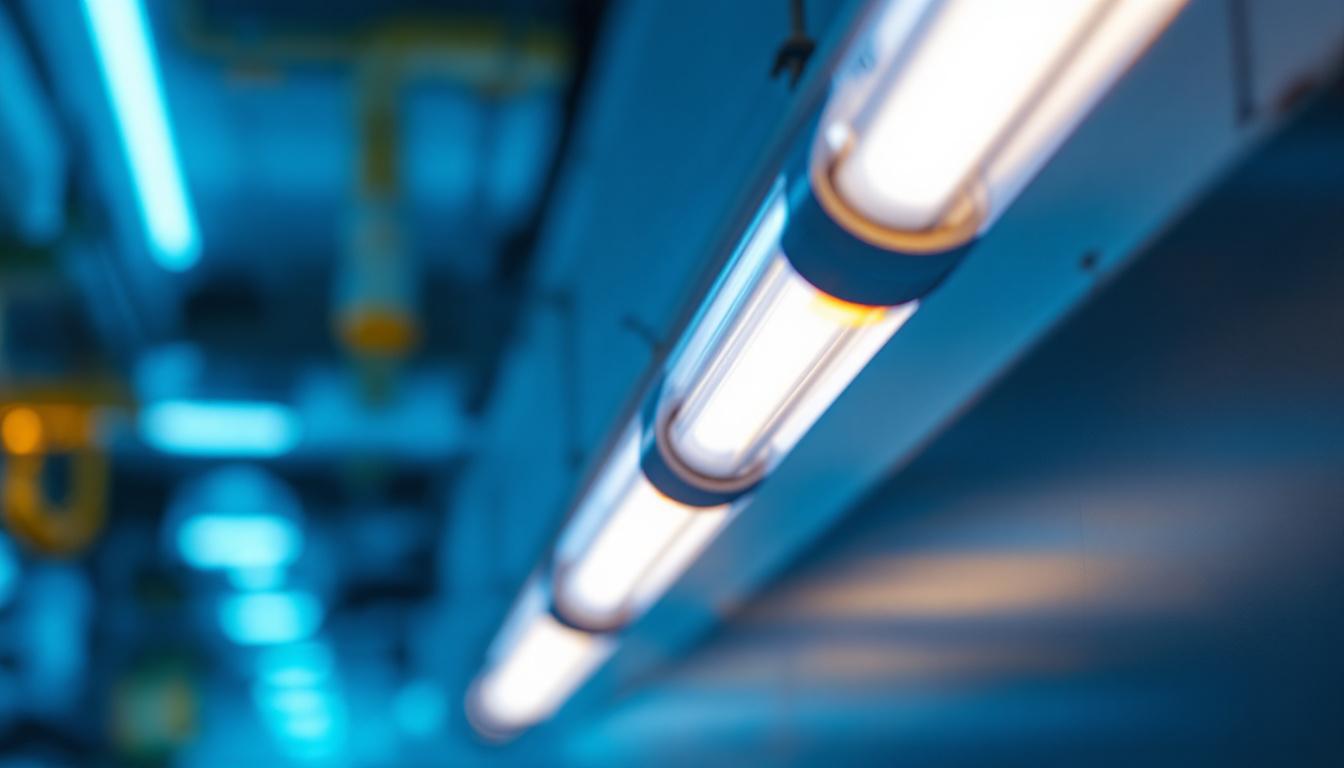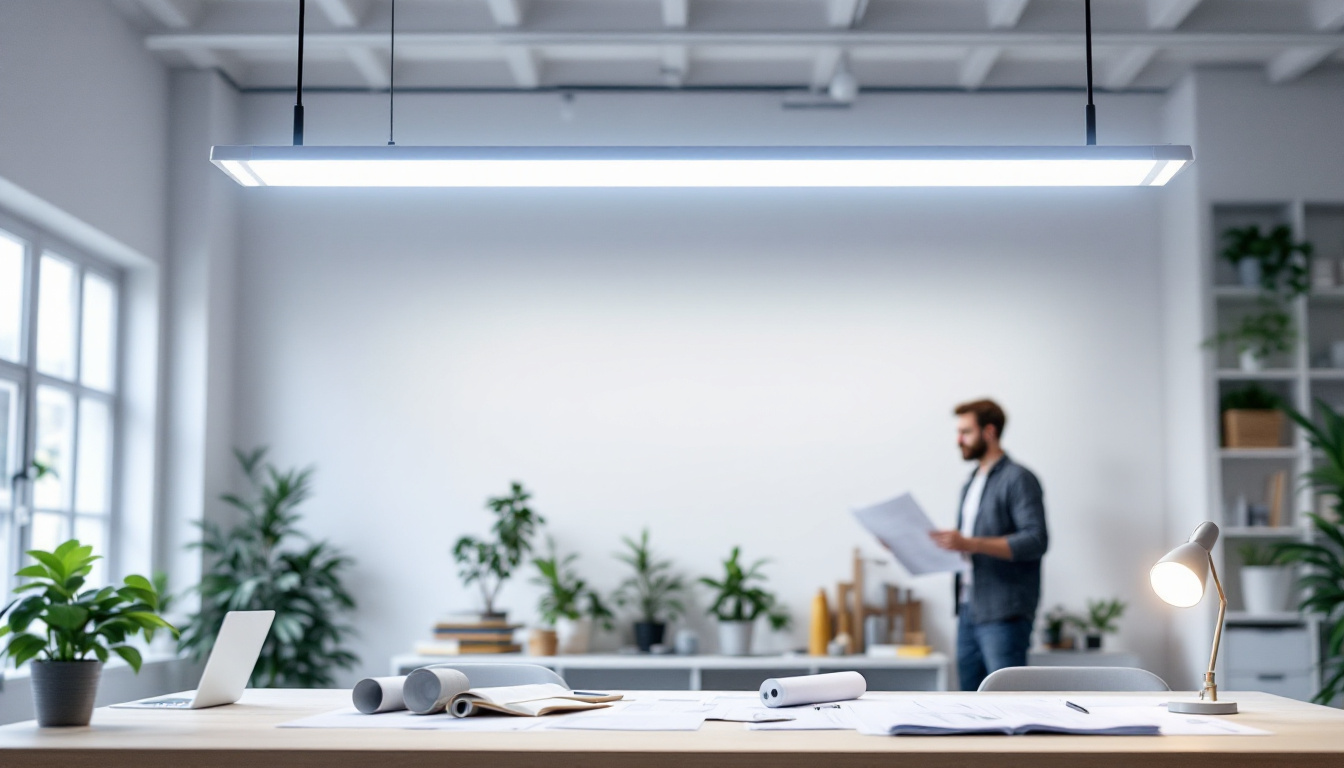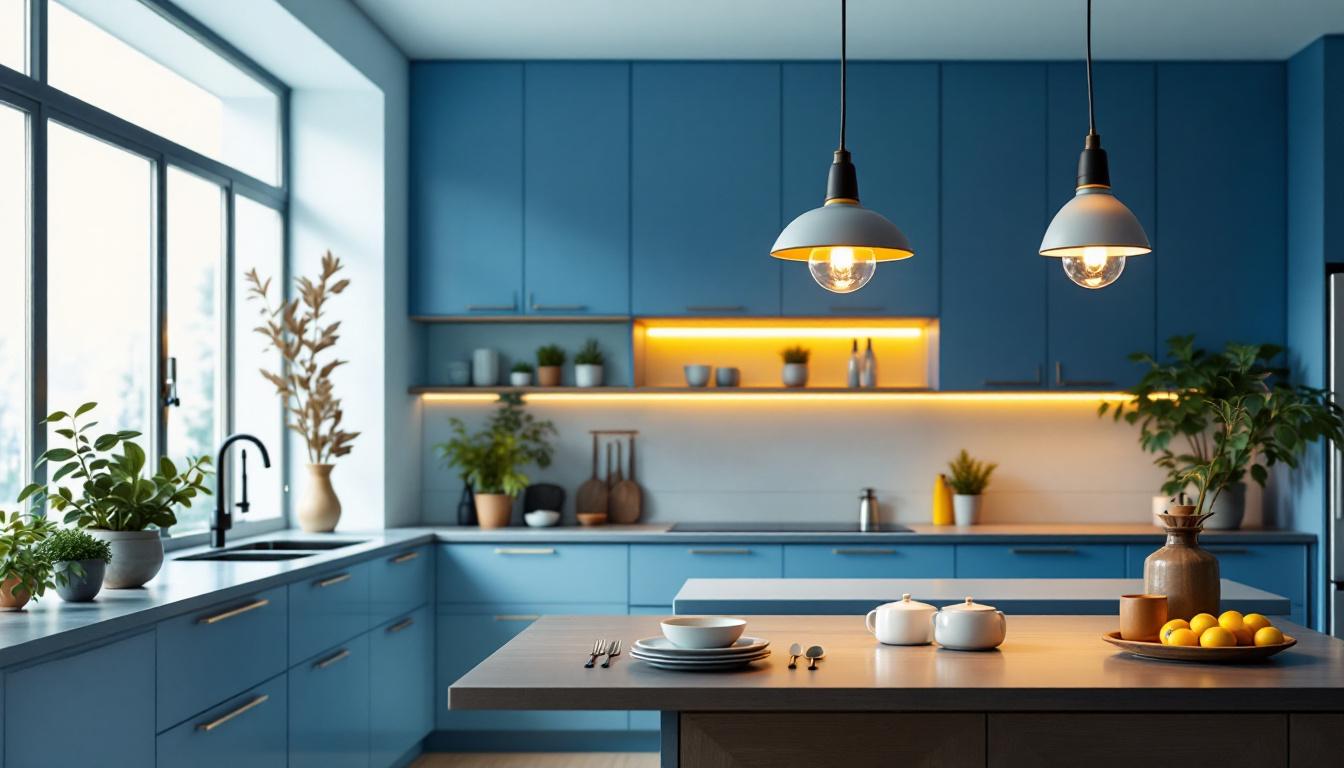
In the ever-evolving world of lighting technology, LED walls have emerged as a significant innovation, particularly in the realm of commercial and event lighting. The 6-foot by 4-foot LED wall is a popular choice among lighting contractors, offering a versatile solution for various applications. This article delves into the essential aspects that every lighting contractor should be aware of when working with this size of LED wall.
LED walls are composed of numerous small LED panels that work together to create a larger display. This technology provides high-quality visuals, making it ideal for events, concerts, and advertising. Understanding the fundamentals of how these walls operate is crucial for lighting contractors.
At the core of every LED wall are the LED modules, which are the individual panels that emit light. Each module is made up of multiple LEDs, and the arrangement of these LEDs determines the wall’s resolution and brightness. Additionally, LED walls include power supplies, controllers, and often a frame or structure to support the panels.
Lighting contractors should familiarize themselves with these components to effectively troubleshoot issues and optimize performance. For instance, knowing how to adjust the brightness and color settings can significantly enhance the visual experience for viewers. Furthermore, understanding the differences between various types of LED technology, such as SMD (Surface Mount Device) and DIP (Dual In-line Package), can help contractors select the right modules for specific applications, ensuring the best possible outcome for their projects.
The 6-foot by 4-foot size strikes a balance between portability and visibility. This size is manageable for transport and setup, yet large enough to make an impact in both indoor and outdoor settings. Whether it’s for a corporate event, a wedding, or a concert, this size can cater to various audience sizes and environments.
Moreover, LED walls are energy-efficient, which is a crucial consideration for contractors looking to reduce operational costs. The longevity of LED technology also means less frequent replacements, providing added value to clients. In addition to these practical benefits, the adaptability of a 6-foot by 4-foot LED wall allows for creative applications, such as immersive backdrops for live performances or dynamic advertising displays that can be easily updated with new content. This versatility not only enhances the aesthetic appeal of any event but also allows for real-time engagement with audiences, making it a powerful tool in the hands of savvy lighting professionals.
Proper installation is vital for the performance and longevity of an LED wall. Lighting contractors must be aware of several factors to ensure a successful setup.
Before installation, conducting a thorough site assessment is essential. This involves evaluating the location for power sources, the structural integrity of the mounting surface, and the potential for environmental factors such as wind or rain if the wall is to be used outdoors.
Understanding the audience’s viewing angle is also critical. The placement of the LED wall should allow for optimal visibility from various positions within the venue. This may require adjustments in height and angle to prevent obstructions and ensure a clear line of sight. Furthermore, it is important to consider the ambient lighting conditions of the venue. Bright sunlight can wash out the colors on an LED wall, making it difficult for viewers to see the content clearly. Therefore, choosing a location that minimizes glare and enhances visibility is paramount.
LED walls require a significant amount of power, and contractors must ensure that the venue can accommodate these needs. It is advisable to consult with an electrician to determine the appropriate power supply and circuit requirements before installation. Overloading circuits can lead to malfunctions and safety hazards.
Additionally, having backup power solutions, such as generators, can be beneficial for outdoor events where access to reliable power sources may be limited. It is also wise to incorporate surge protection devices to safeguard the LED wall from power spikes that can occur during storms or electrical disturbances. This not only protects the equipment but also extends its operational lifespan, ensuring that the investment made in the LED wall pays off over time. Moreover, planning for cable management is crucial; ensuring that all power and data cables are neatly organized and secured can prevent tripping hazards and potential damage to the equipment during events.
Regular maintenance is crucial for keeping LED walls in optimal condition. Lighting contractors should establish a routine maintenance schedule to address potential issues before they escalate. This proactive approach not only enhances the longevity of the LED installation but also ensures that the visual performance remains at its peak, providing an immersive experience for viewers.
Dust and debris can accumulate on the surface of LED panels, affecting image quality. Contractors should develop a cleaning protocol that includes using appropriate cleaning solutions and tools to avoid damaging the panels. Regular inspections can help identify any wear and tear that may require attention. Additionally, it is important to consider the environment in which the LED wall is installed; for instance, outdoor installations may require more frequent cleaning due to exposure to the elements, while indoor setups might need less frequent maintenance.
Furthermore, ensuring that the cooling system is functioning properly is essential, as overheating can lead to performance issues and shorten the lifespan of the LED wall. Monitoring the temperature and humidity levels in the installation area can provide valuable insights into the operational health of the system. Implementing temperature sensors can help contractors stay ahead of potential overheating problems, allowing for timely interventions.
Even with proper maintenance, issues may arise with LED walls. Common problems include pixel failure, color inconsistencies, and connectivity issues. Lighting contractors should be equipped with the knowledge to troubleshoot these problems effectively. In addition to having a toolkit ready for quick repairs, contractors should also familiarize themselves with diagnostic software that can help identify the root causes of these issues, making the troubleshooting process more efficient.
For example, pixel failure can often be resolved by replacing the affected module. Understanding the warranty and support options available from manufacturers can also aid in addressing these issues swiftly. Moreover, keeping a detailed log of past repairs and maintenance activities can provide insights into recurring problems, enabling contractors to develop strategies to mitigate these issues in the future. This systematic approach not only enhances the reliability of the LED walls but also builds trust with clients, who appreciate the diligence in maintaining their installations.
The versatility of LED walls extends to their design and customization options. Lighting contractors can leverage this flexibility to meet the specific needs of their clients.
One of the most appealing aspects of LED walls is their ability to display dynamic content. Contractors should work closely with clients to create engaging visuals that resonate with the audience. This may involve collaborating with graphic designers or using software to create custom animations and videos.
Understanding the technical specifications of the LED wall, such as resolution and aspect ratio, is crucial for ensuring that content is displayed correctly and looks professional.
LED walls can be integrated with other lighting systems to create a cohesive visual experience. Lighting contractors should explore options for synchronization with stage lighting, sound systems, and other visual elements. This integration can enhance the overall atmosphere of an event and create a more immersive experience for attendees.
Safety is a paramount concern when working with LED walls. Lighting contractors must adhere to industry standards and regulations to ensure the safety of both the installation team and the audience.
When installing an LED wall, it is essential to use proper rigging techniques and equipment. This includes ensuring that the wall is securely mounted and that all safety measures are in place to prevent accidents. Contractors should also be familiar with local regulations regarding temporary structures and ensure compliance.
Regular inspections of rigging equipment and mounting hardware can help prevent accidents and ensure the safety of the installation.
Electrical safety is another critical aspect of LED wall installation. Contractors should follow best practices for electrical work, including using appropriate cables, connectors, and circuit breakers. It is also advisable to use surge protectors to safeguard the equipment from power surges.
Training and certification in electrical safety can further enhance a contractor’s ability to work safely and effectively with LED technology.
The lighting industry is continuously evolving, and LED wall technology is no exception. Staying informed about emerging trends can give lighting contractors a competitive edge.
As technology advances, the resolution and brightness of LED walls are expected to improve significantly. Higher pixel density will allow for more detailed images, making LED walls even more appealing for high-profile events and installations.
Contractors should keep an eye on developments in this area, as clients will increasingly seek out the latest technology to enhance their events.
With a growing emphasis on sustainability, the lighting industry is witnessing innovations aimed at reducing environmental impact. LED walls are already more energy-efficient than traditional lighting solutions, but future developments may focus on recyclable materials and reduced energy consumption.
Lighting contractors who prioritize eco-friendly solutions can appeal to environmentally conscious clients and contribute to a more sustainable industry.
The 6-foot by 4-foot LED wall offers a versatile and impactful solution for lighting contractors working across various sectors. By understanding the technology, installation requirements, maintenance practices, and future trends, contractors can provide exceptional service to their clients.
As the demand for high-quality visual displays continues to grow, lighting contractors equipped with the right knowledge and skills will be well-positioned to succeed in this dynamic industry. Embracing innovation and prioritizing safety will ensure that every installation is not only visually stunning but also reliable and secure.
Ready to elevate your lighting projects with the versatile 6-foot by 4-foot LED wall? Look no further than LumenWholesale, where we provide contractors with the highest quality, spec-grade lighting products at exceptional wholesale prices. Our commitment to cutting out the middleman means you get the best value without the inflated markups. With our extensive selection that meets rigorous industry standards, you can trust in the reliability and performance of our lighting solutions. Plus, with free shipping on bulk orders, you can stock up on premium lighting effortlessly and affordably. Don’t compromise on quality or cost—choose LumenWholesale for the perfect combination of quality, affordability, and convenience. Take the next step in creating stunning visual displays and explore our wholesale lighting options today.

Discover expert tips and strategies for lighting contractors to excel in installing LED dusk to dawn outdoor lighting.

Discover why fluorescent tube tombstones are essential for lighting contractors.

Discover how 4-foot fluorescent lights can transform your lighting projects and boost your contract success rate.

Discover how kitchen suspended lighting can boost your profitability with expert installation tips, cost-saving strategies, and design insights—maximize your lighting ROI today!.